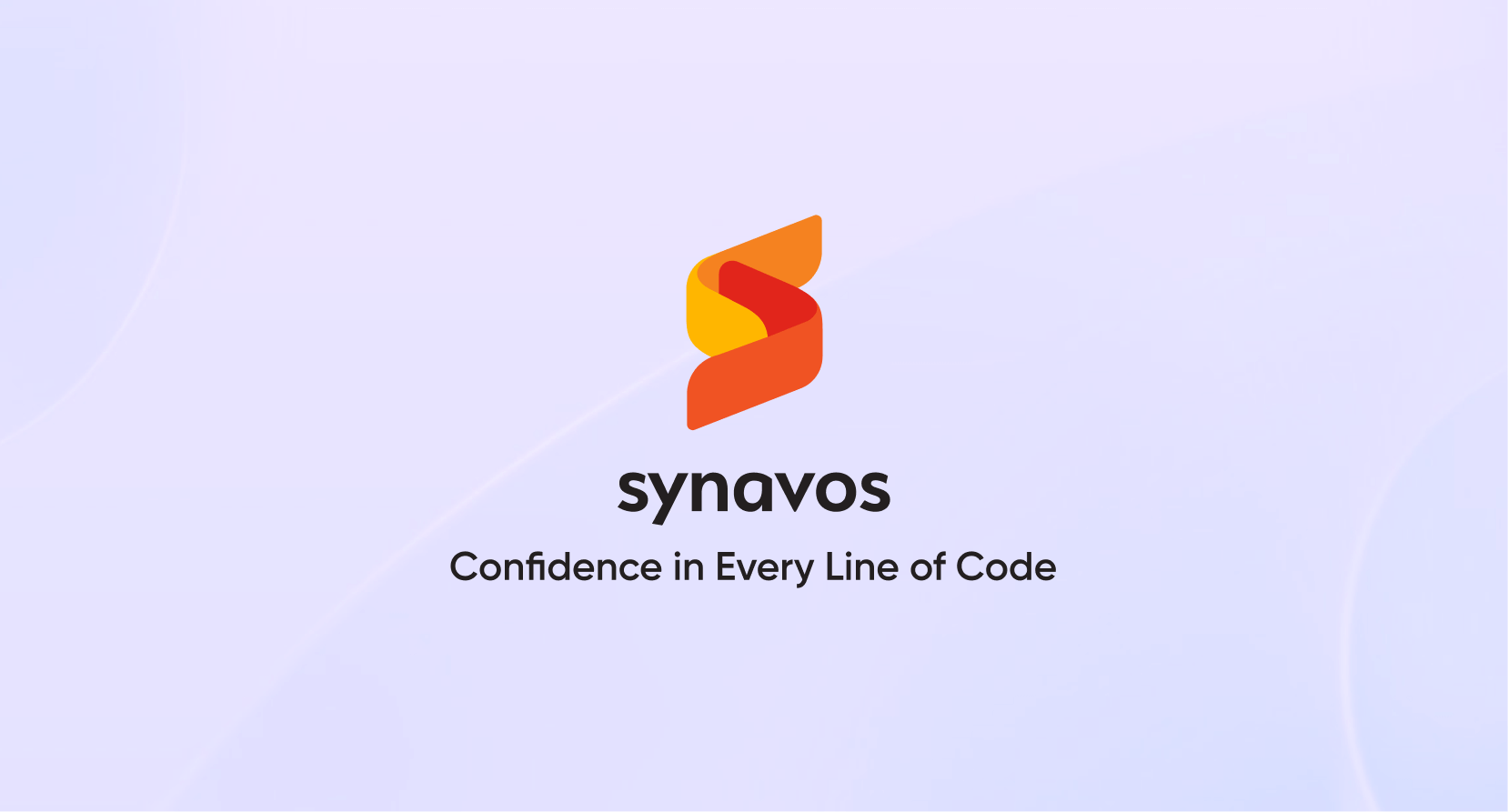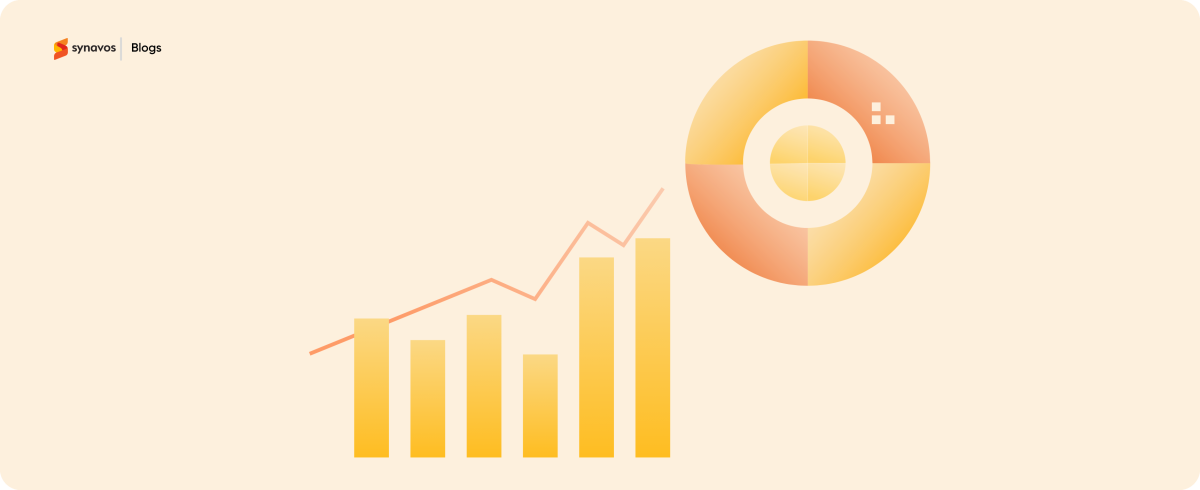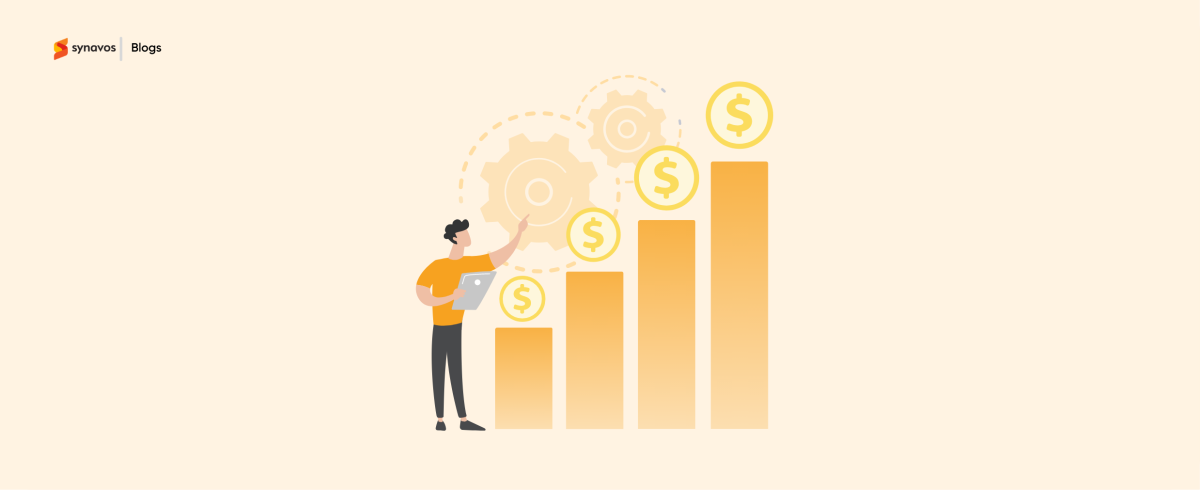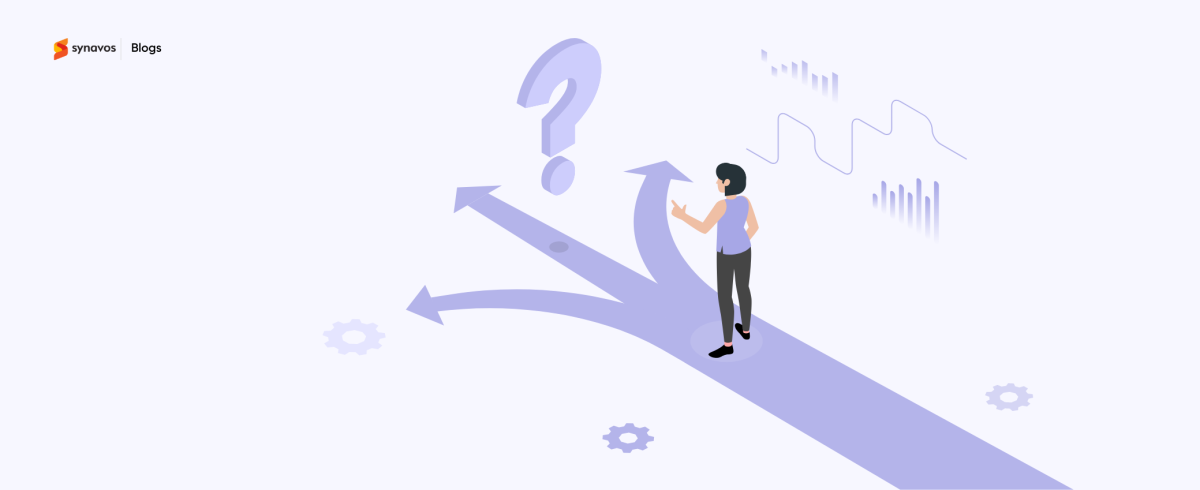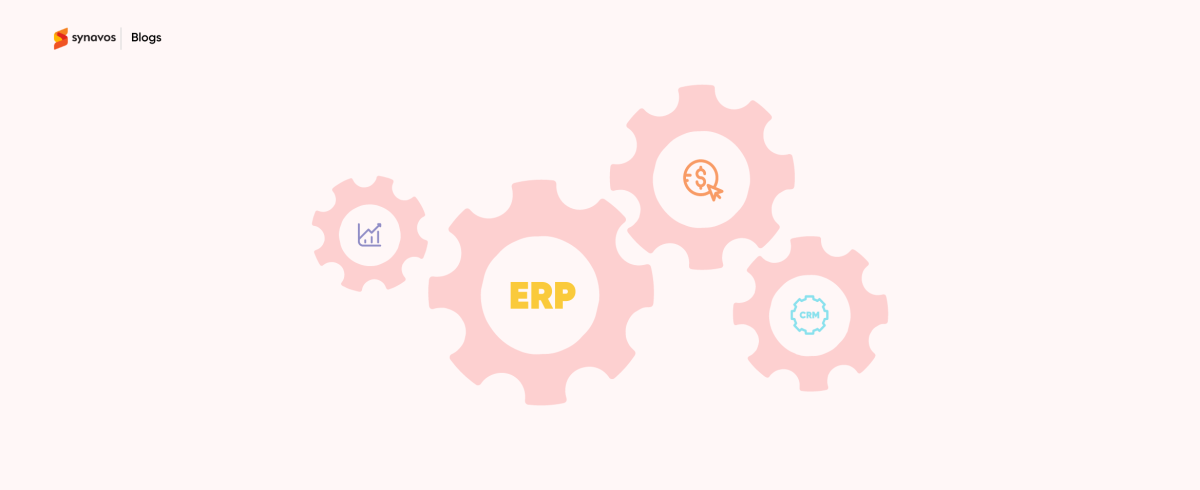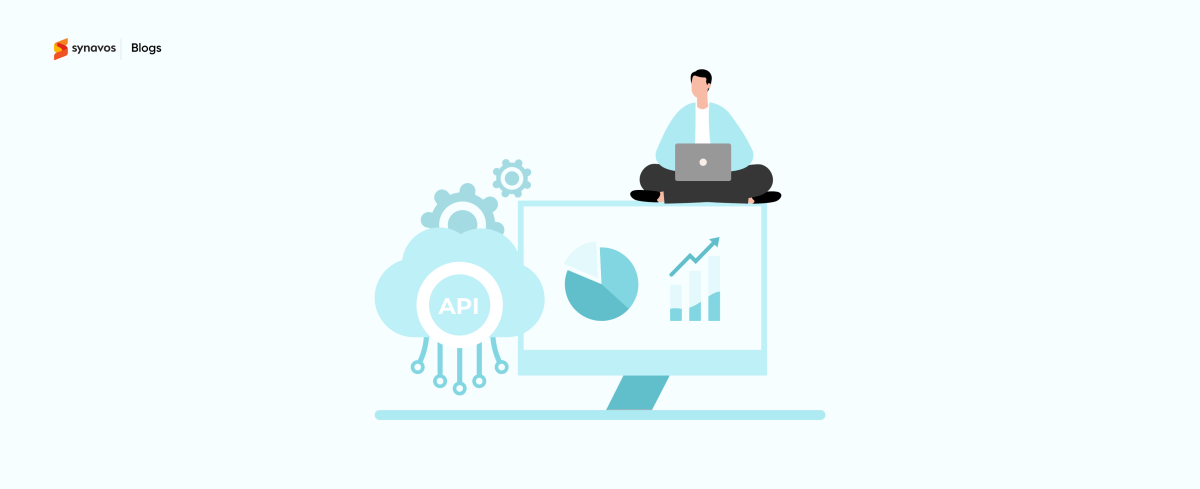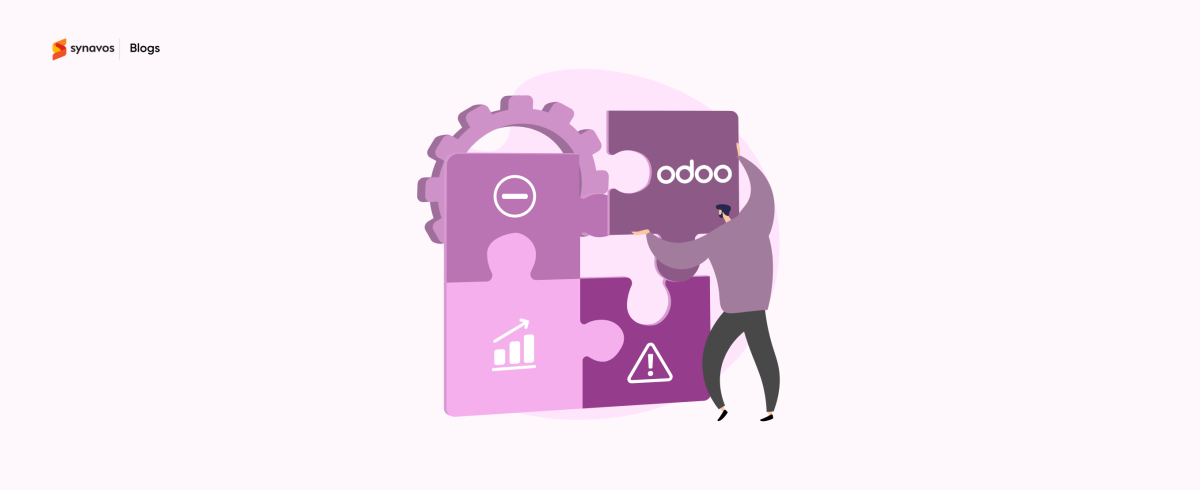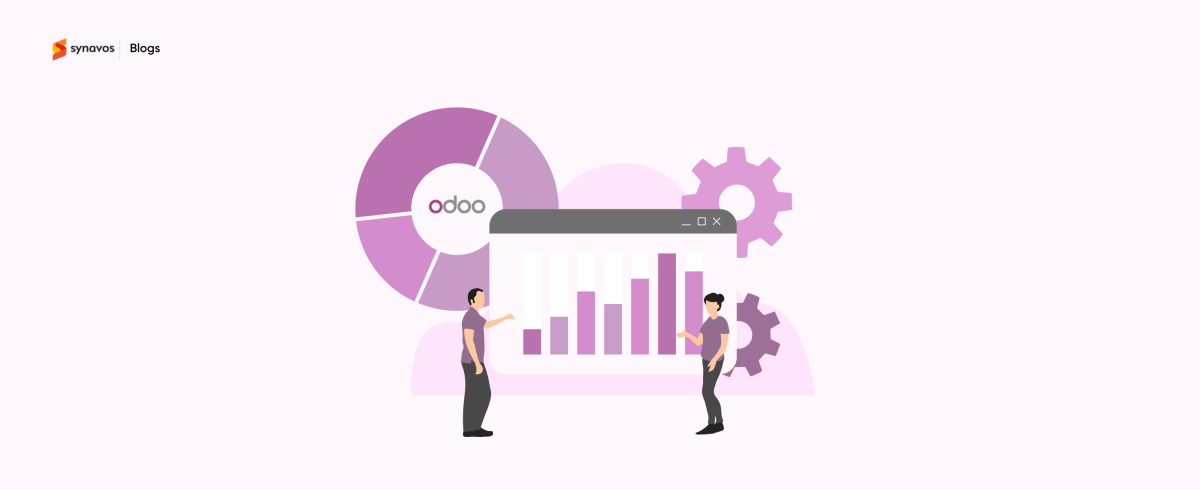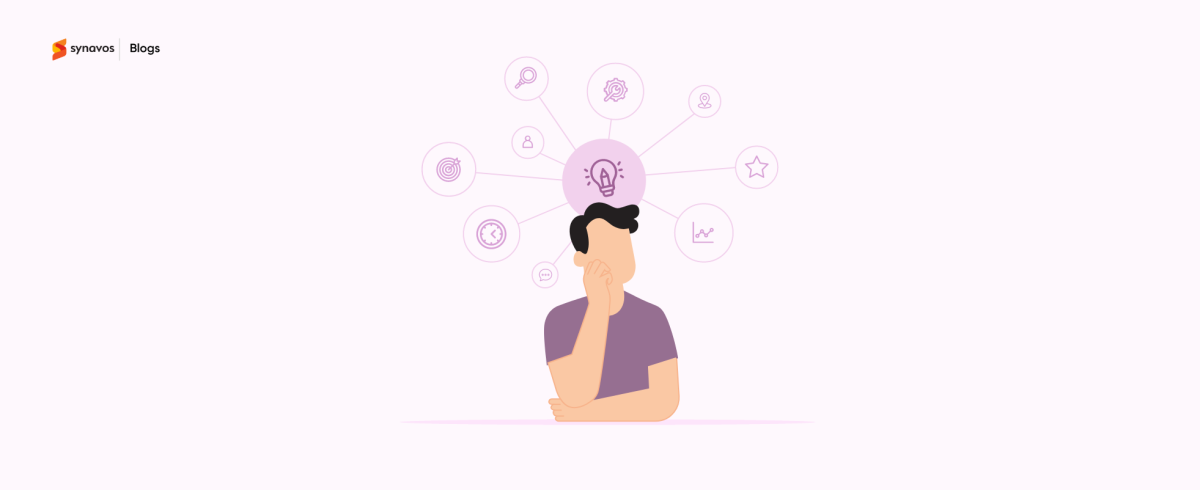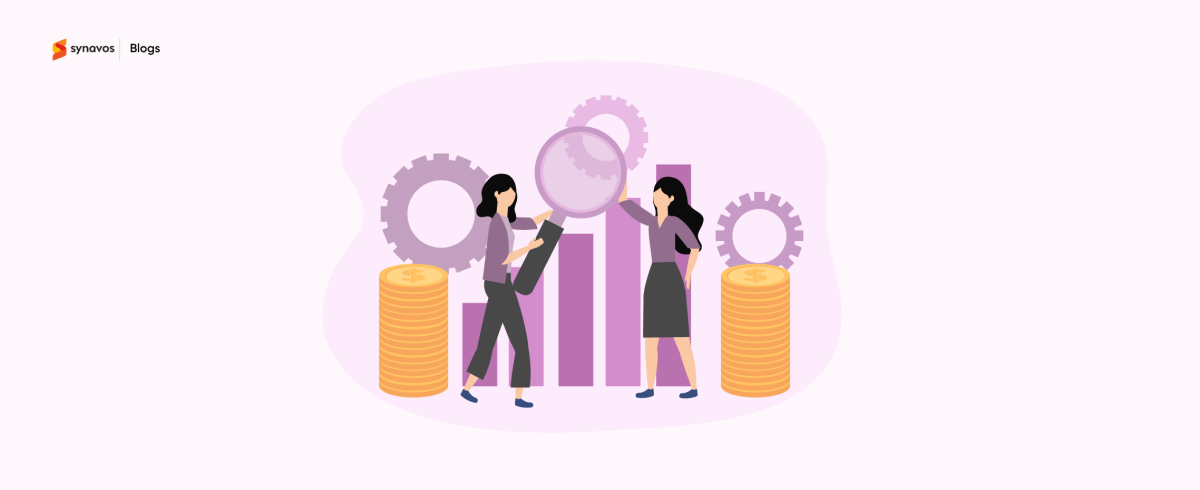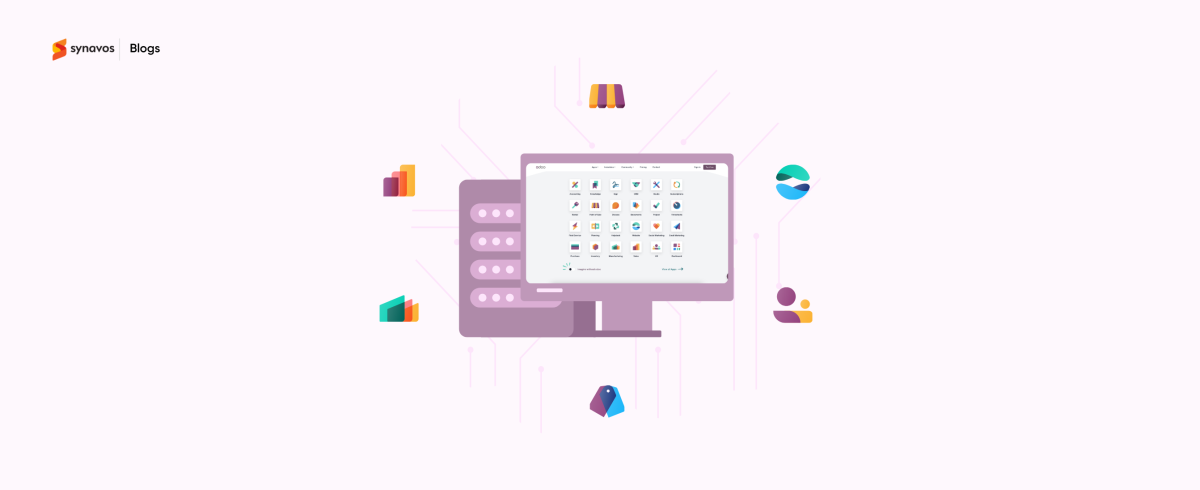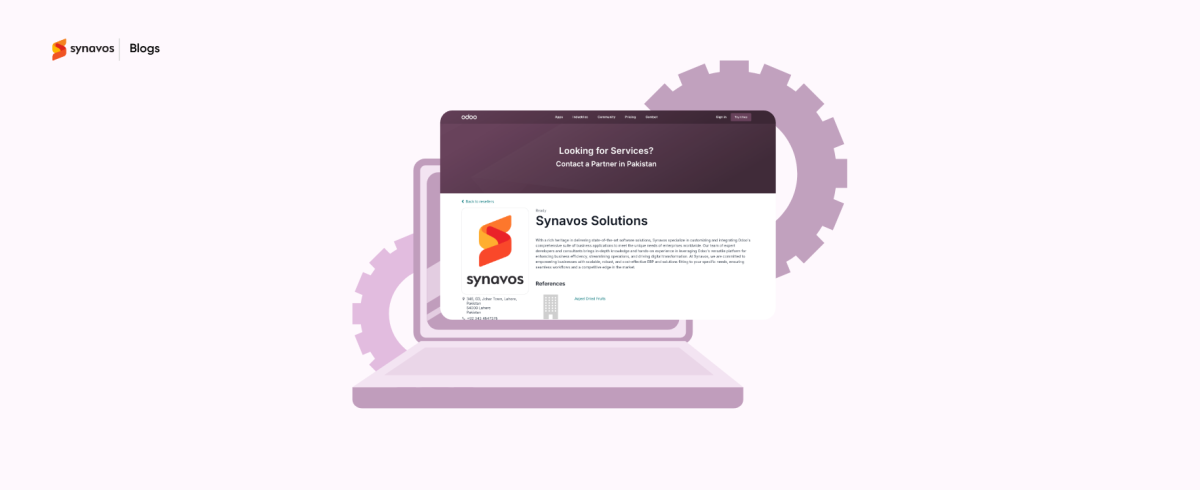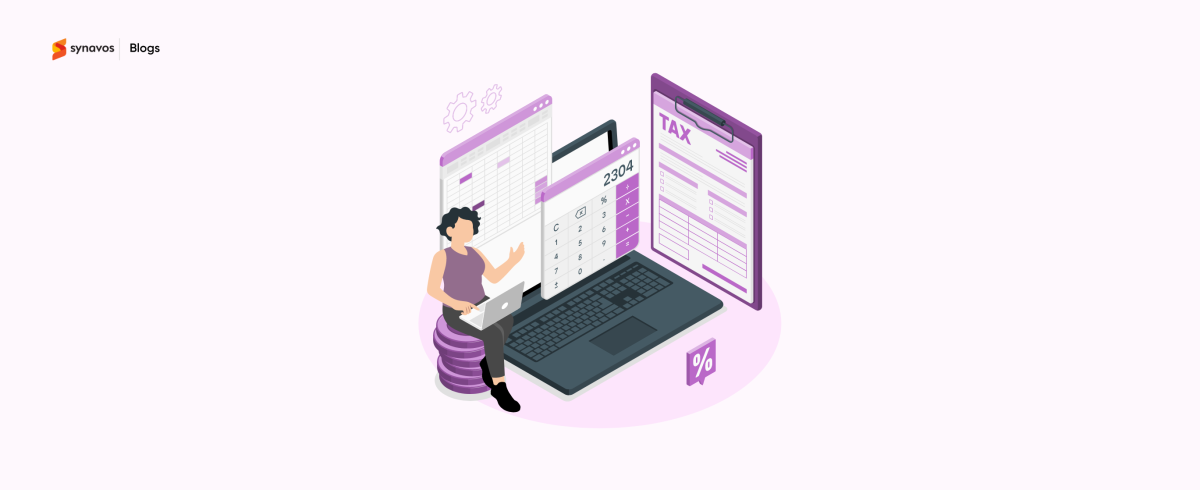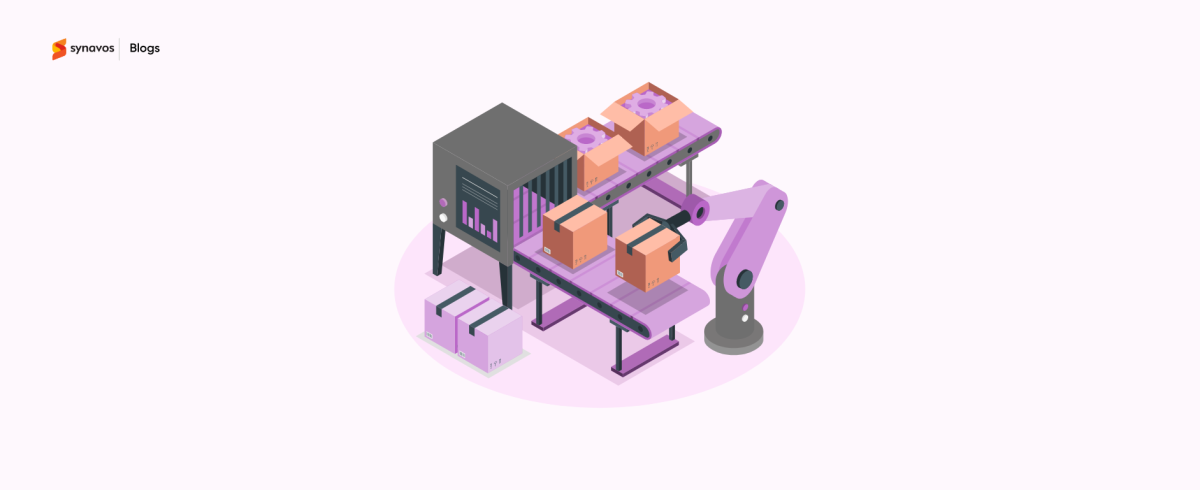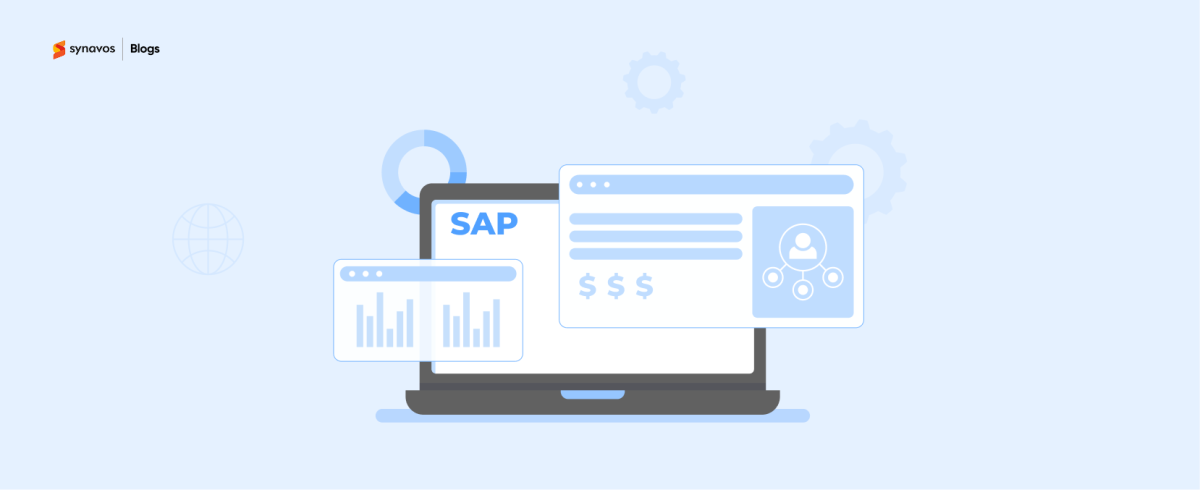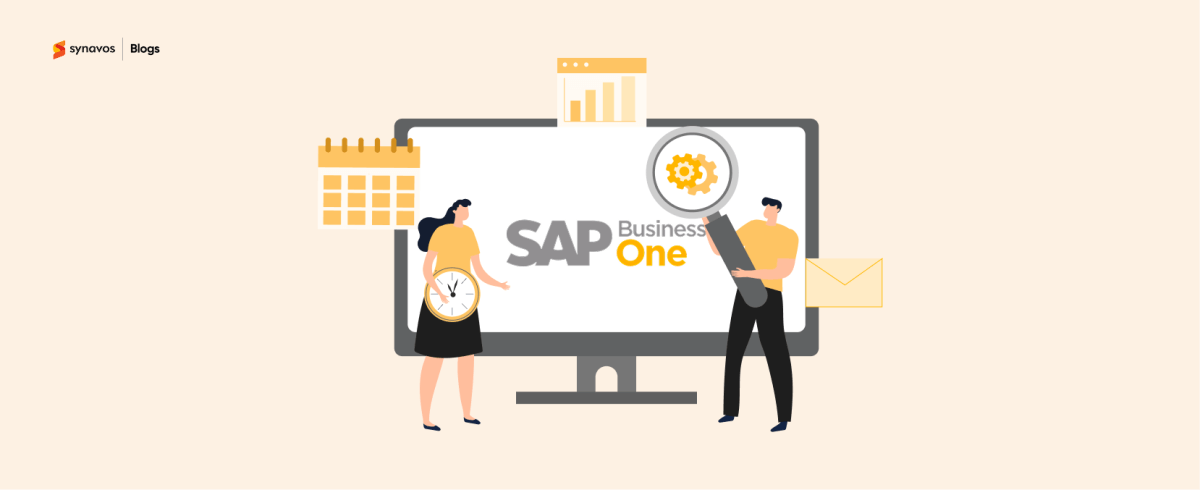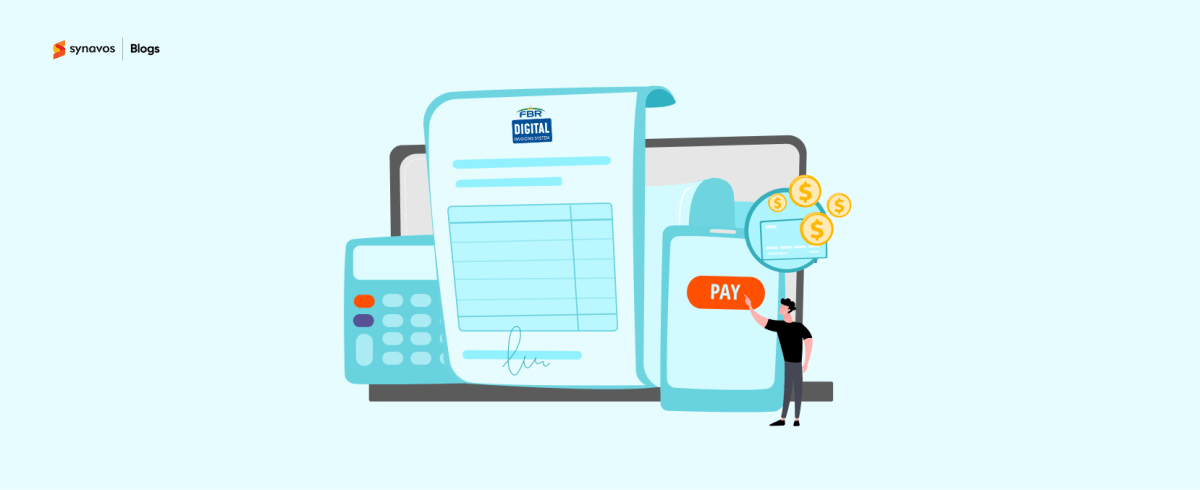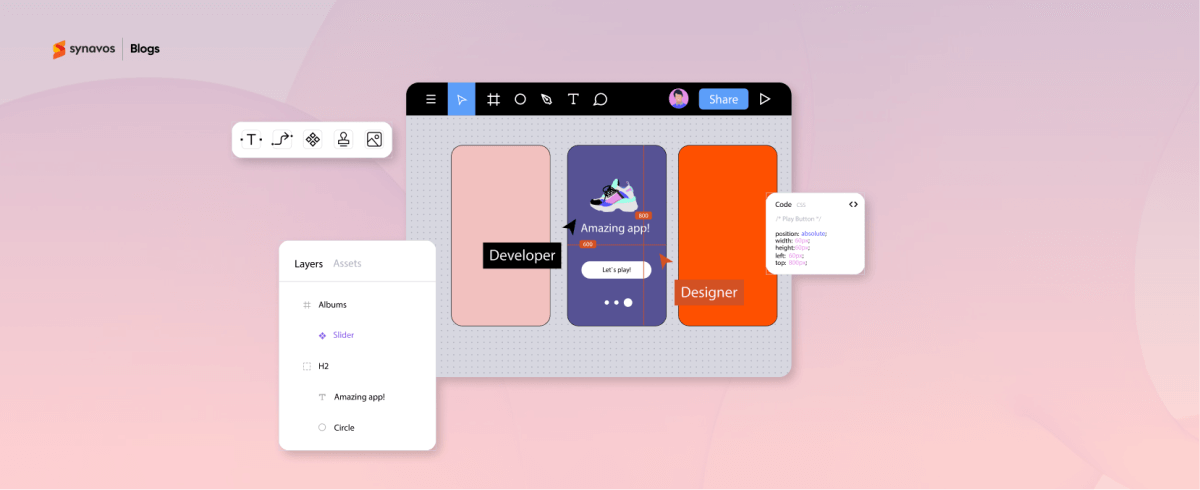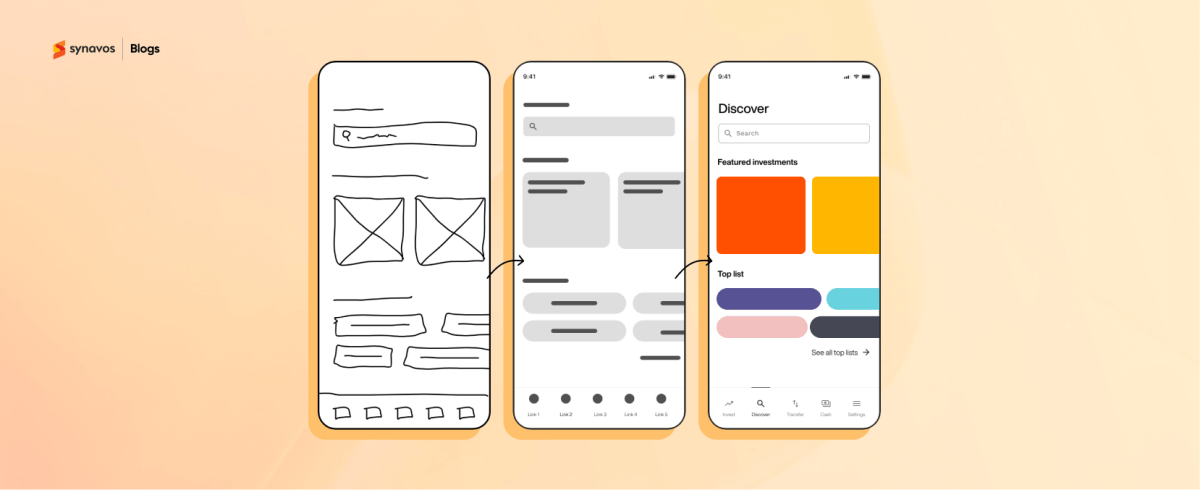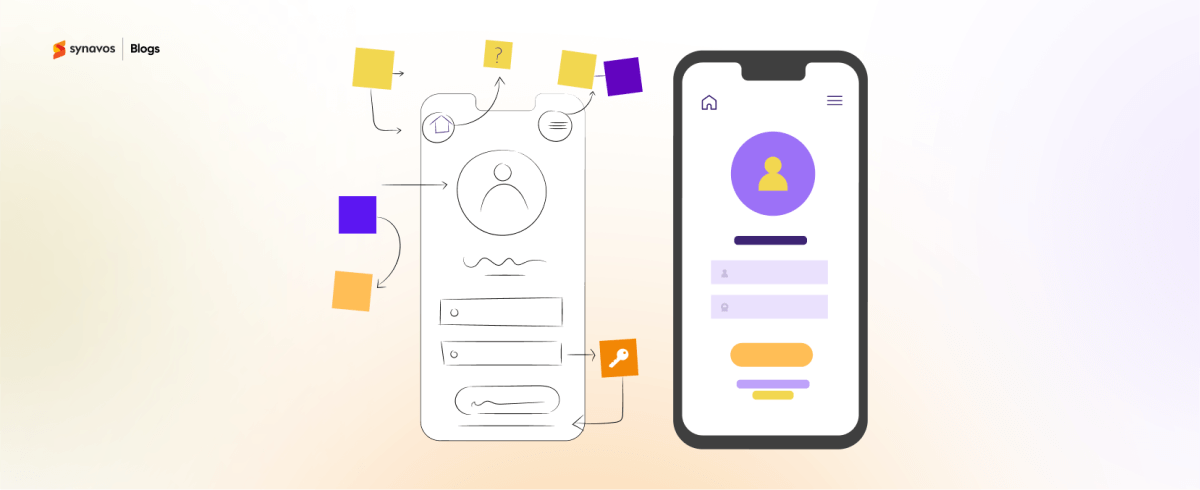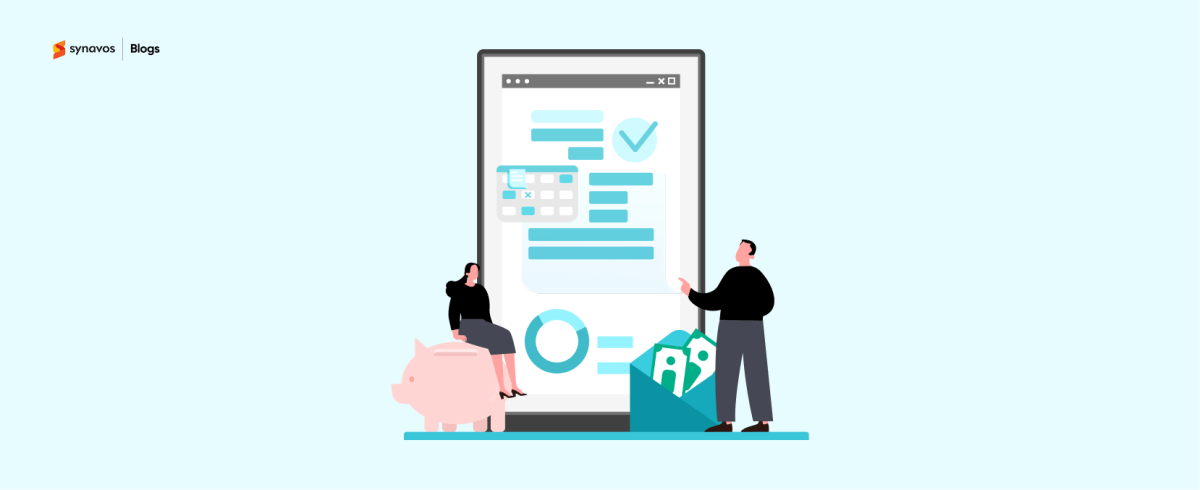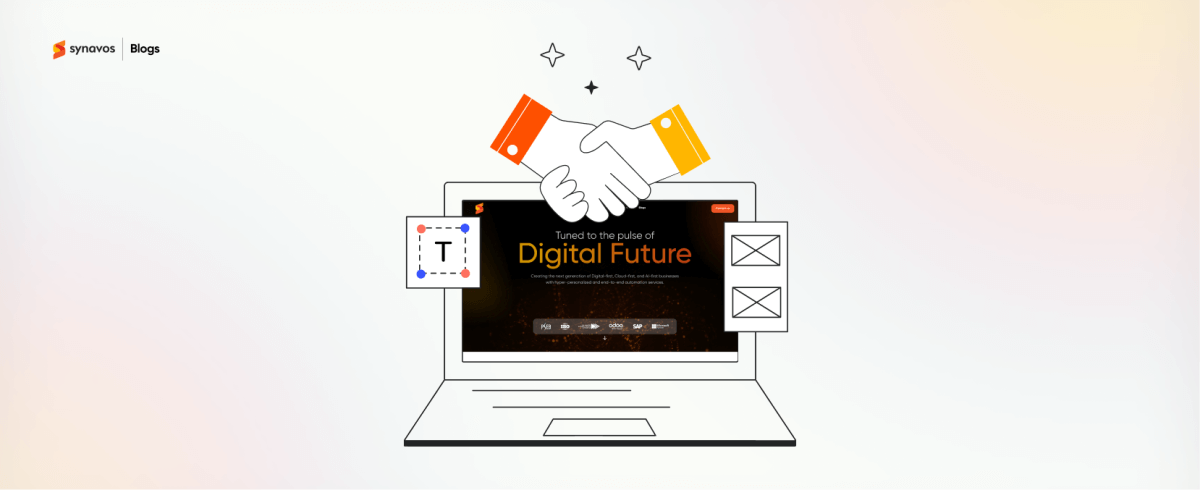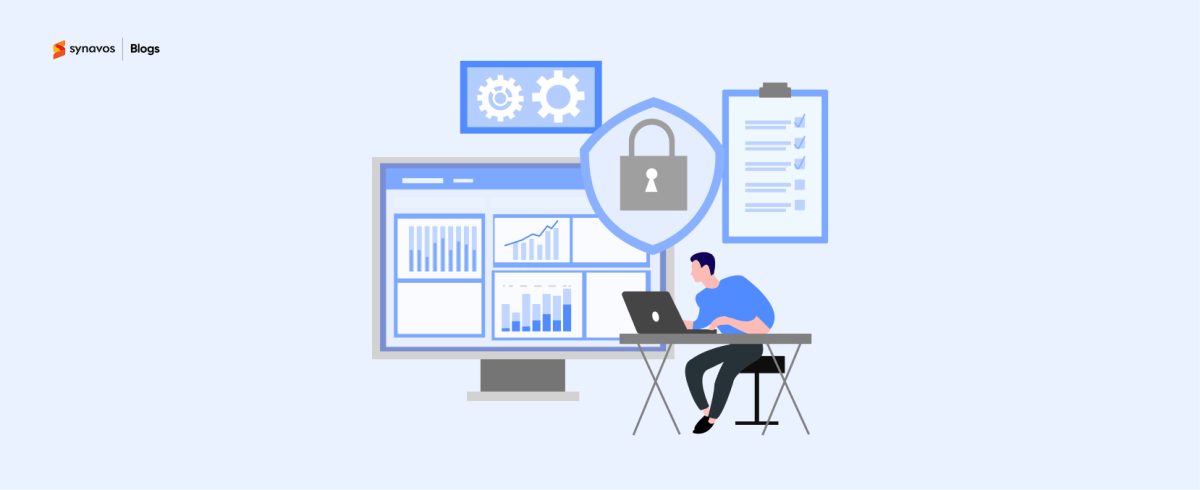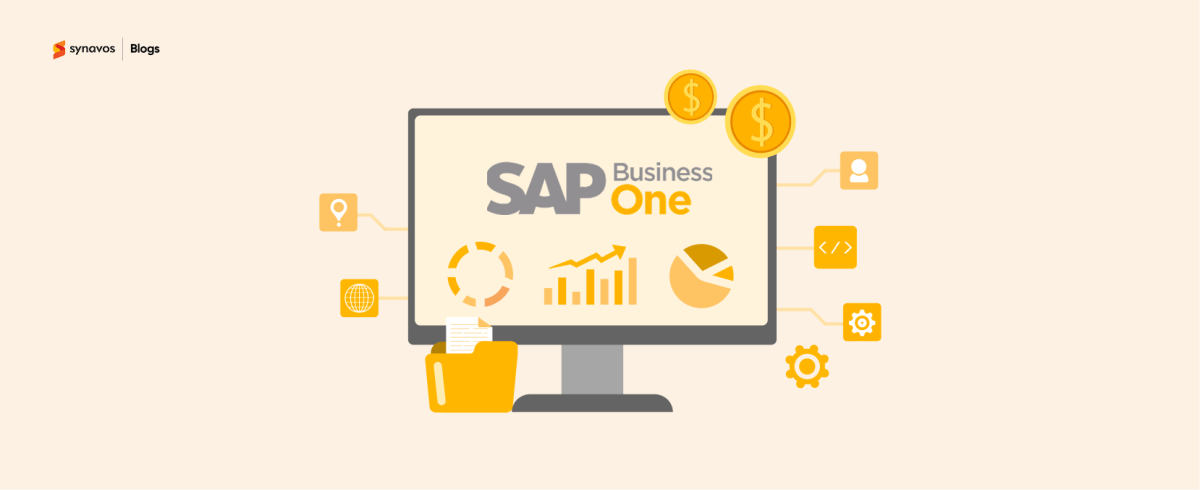Choosing the right web development framework can make or break your digital project. A framework defines how fast your product is built, how scalable it becomes, and how smoothly it performs in the long run. It provides developers with pre-built tools and structure, helping them focus on logic and creativity rather than coding everything from scratch.
With so many options available, selecting the right framework can be overwhelming. This blog breaks down what web development frameworks are, why they matter, and how to choose the one that fits your project best.
What Is a Web Development Framework?
A web development framework is a pre-built set of tools, libraries, and best practices that developers use to build websites and web applications faster and more efficiently. Instead of writing every feature from scratch, frameworks provide ready-made components for handling common tasks like database management, Try routing, authentication, and user interface elements.
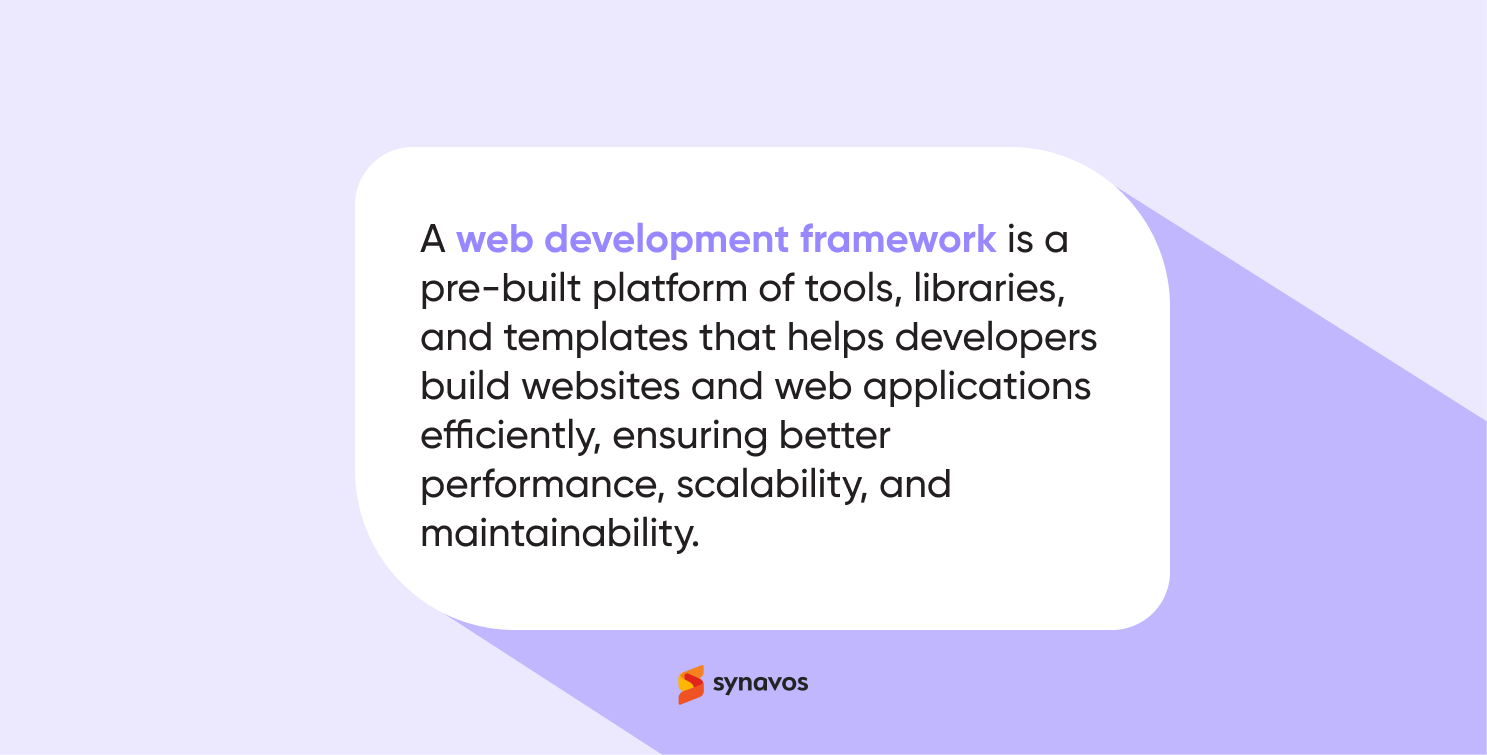
Web development frameworks are generally divided into two types:
1. Frontend Frameworks
Focus on what users see and interact with on a website, such as layouts, buttons, forms, and animations. Popular front-end frameworks include React.js, Angular, and Vue.js, which allow developers to create responsive and interactive interfaces.
2. Backend Frameworks
Manage server-side operations like data storage, server requests, APIs, and business logic. Common back-end frameworks include Django, Laravel, and Express.js, which help build secure and scalable web applications.
Using a framework not only speeds up development but also ensures that your code is structured, maintainable, and scalable. For businesses, this means faster launch times, smoother performance, and easier long-term updates for their websites or web apps.
Key Factors to Consider When Choosing a Web Development Framework
To pick the best development framework for your website, consider the following crucial factors:
Start by clearly defining what you’re building. Is it a small business website, an e-commerce platform, a content-heavy portal, or a complex enterprise application? The type of project, its features, and your long-term goals should guide the framework choice.
For example, a simple brochure website doesn’t require the same level of complexity as a high-traffic web application with real-time features. Understanding your project’s scope early helps avoid choosing a framework that is either too basic or unnecessarily complicated.
1. Scalability
Your development framework should be able to grow with your business. Consider future traffic, the amount of data your application will handle, and potential new features.
A scalable framework ensures that as your platform expands, you won’t need to rewrite core parts of your system. It also reduces downtime and makes it easier to accommodate growing user demands without compromising performance.
2. Performance
Web development frameworks differ in how efficiently they process requests, render pages, and manage server-side operations. A framework known for speed and optimization can improve load times, enhance user experience, and even positively impact your search engine rankings.
Consider frameworks that support caching, asynchronous processing, and optimized database queries to maintain smooth performance under heavy traffic.
3. Security
Security should never be an afterthought. Look for frameworks with built-in protection against common threats like SQL injection, cross-site scripting, and data breaches.
Active communities and regular updates are also crucial, as they ensure vulnerabilities are patched quickly. A secure framework builds trust with your users and reduces the risk of costly breaches or downtime.
4. Learning Curve & Developer Skill Set
Your team’s expertise plays a crucial role in your web development framework selection. Choosing a framework your developers are already familiar with accelerates development, reduces errors, and minimizes training costs.
For teams exploring a new framework, evaluate the learning curve and availability of tutorials, courses, and resources to ensure a smooth onboarding process.
5. Community Support & Documentation
A strong developer community is invaluable. Popular frameworks with active communities provide plugins, libraries, and solutions to common problems.
Well-maintained documentation makes it easier to understand features, troubleshoot issues, and implement best practices. A framework with little support or sparse documentation can slow development and make problem-solving frustrating.
6. Integration & Compatibility
Finally, ensure your framework works well with existing tools, databases, and third-party services your project depends on. Compatibility with APIs, payment gateways, content management systems, and analytics tools is critical.
A framework that integrates seamlessly reduces development time and prevents future technical issues. A framework that integrates seamlessly reduces development time and prevents future technical issues. For projects that need more flexibility and tailor-made features, our blog “Your Complete Guide to Custom Web Development” explains how custom solutions give you greater control over every layer of your website.
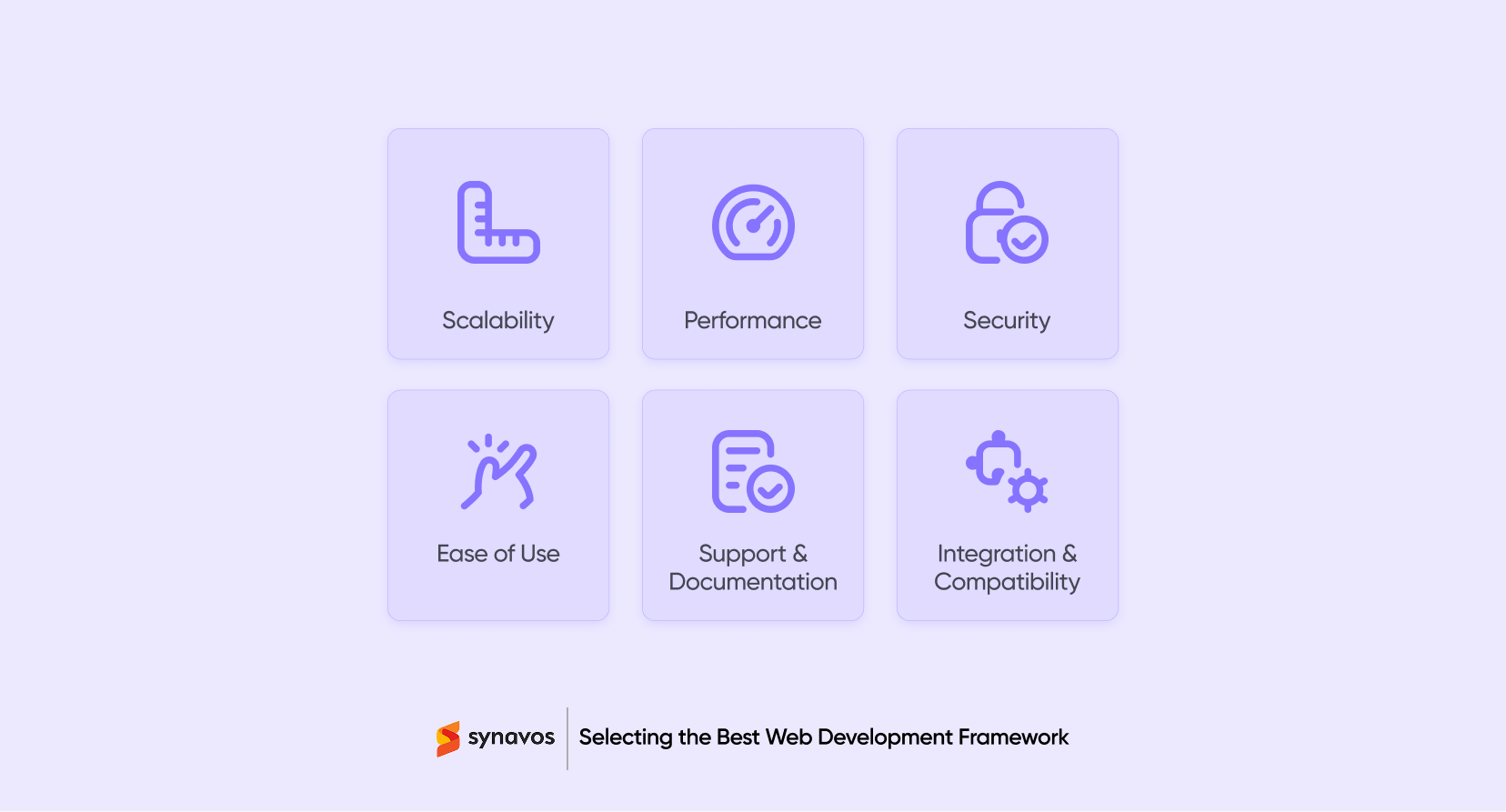
Popular Web Development Frameworks in 2025
Here’s a look at some of the most widely used frameworks today and what makes each one stand out:
- React.js – A front-end library by Meta, known for its flexibility, reusability, and high performance for building dynamic interfaces.
- Angular – A complete framework by Google designed for large-scale applications with structured architecture.
- Vue.js – A lightweight and beginner-friendly option for creating fast and modern web interfaces.
- Django – A Python-based framework ideal for secure, data-driven web applications.
- Laravel – A PHP framework that simplifies complex development with elegant syntax and robust tools.
- Express.js – A minimal Node.js framework for building fast, scalable, and efficient server-side applications.
Each of these frameworks shines in different areas, so the right one depends entirely on your project’s nature and goals.
How to Match a Framework with Your Project Type
Choosing a development framework gets easier when you match it to your project’s purpose:
- E-commerce platforms: Django, Laravel, or React paired with Node.js work well for handling heavy traffic and transactions.
- Enterprise web applications: Angular or Django provide structure and scalability.
- Single Page Applications (SPAs): React or Vue.js deliver smooth and fast user experiences.
- Content-heavy websites: Next.js or Nuxt.js are ideal for optimized rendering and SEO performance.
- Startups: Vue.js and Express.js are excellent for fast, budget-friendly development.
Common Mistakes to Avoid When Choosing a Framework
- Picking a framework just because it’s trending.
- Ignoring the future scalability and maintenance of your project.
- Overlooking your team’s expertise or technical comfort.
- Choosing a framework with poor community support or irregular updates.
A thoughtful decision now can save you from major technical headaches later.
Final Thoughts
There’s no universal “best” web development framework but the one that fits your project’s goals, resources, and future vision. The key is to evaluate your needs carefully and align them with what each framework offers. When chosen wisely, the right framework can help you build faster, perform better, and grow confidently.
Let’s Build the Right Website Together
At Synavos, we build digital platforms that blend creativity with robust technology. As a leading website and app development company, our team helps businesses choose the right framework, develop scalable architectures, and deliver seamless user experiences.
See our portfolio to explore what we’ve created for our clients, or get in touch with us today to start building your next digital success story with Synavos.
